This is interesting is only because it involves the copper age which is recent compared to known cave paintings. No real comment on age here and that must wait for archelogical work to actually be done here.
It may well have also been known over thousands of years, but only to a few in each generation. These caves do not seem to ever have been used as storage caches even though well suited. Lousy locations usually.
Which likely speaks to a singular visitation site, perhaps used by a shaman.
Explorers Uncover Cave in Spain With Over 100 Prehistoric Engravings Depicting Copper Age Pastoral Life
MARCH 28, 2023
https://www.theepochtimes.com/explorers-uncover-cave-in-spain-with-over-100-prehistoric-engravings-depicting-copper-age-pastoral-life_5143982.html?
A Spanish cave lost for 80 years has been rediscovered with over 100 unique prehistoric engravings on its interior walls. The cave’s eight panels of incredible hand-engraved art are delivering further insight into prehistoric life in Spain.
The cave, known as “Cova de la Vila” in Catalan, was rediscovered in the village of Febró at Baix Camp, Tarragona, during a topographical expedition by the group of speleologists, Barranc de la Cova del Corral, on May 13, 2021. The cave was originally excavated in the 1940s by the researcher Salvador Vilaseca, whose team later lost its location.
The rediscovery of the cave and its engravings was announced publicly on March 17, 2023, by officials including the mayor of Febró, Lurdes Malgrat, and IPHES (Catalan Institute of Human Paleoecology and Social Evolution).
A researcher prepares to descend into Cova de la Vila in the village of Febró at Baix Camp, Tarragona, Spain. (Courtesy of IPHES – Catalan Institute of Human Paleoecology and Social Evolution)
Cova de la Vila was rediscovered in the village of Febró at Baix Camp, Tarragona, Spain, in May 2001. (Courtesy of IPHES – Catalan Institute of Human Paleoecology and Social Evolution)
Explorers examine wall engravings in Cova de la Vila, located in the village of Febró at Baix Camp, Tarragona, Spain. (Courtesy of IPHES – Catalan Institute of Human Paleoecology and Social Evolution)
Speleologist Julio Serrano, who also attended the announcement, was the first to enter the underground cave system through a small hole, which led the group to an oval room of more than 295 square feet (90 square meters). “When I saw the engravings, I felt a great emotion that I will take with me for the rest of my life,” Serrano stated in an IPHES press release.
Serrano found Sala dels Gravats, the oval room filled with art, adorned with prehistoric engravings from the Chalcolithic to Bronze Ages arranged in a panel, eight meters long, depicting agricultural and pastoral life in the region. The art was in incredible condition, and Serrano knew the panels were old despite not understanding how to interpret the schematics.
The panel, comprised of five horizontal lines, depicts different engraved figures in a homogenous style and is thought to have been rendered with stone tools, wood, or directly with human fingers. Humans, animals, as well as the sun and stars are represented.
Wall engravings in Cova de la Vila the village of Febró at Baix Camp, Tarragona, Spain. (Courtesy of IPHES – Catalan Institute of Human Paleoecology and Social Evolution)
IPHES researchers Dr. Ramon Viñas and Dr. Josep Vallverdú visited Cova de la Vila to certify the authenticity of the engravings before notifying the department of culture. The engravings represent one of the most important sets of post-Paleolithic art in the Mediterranean arc and one of the few representations of underground schematic art in this area.
“This composition of the panel in the Sala dels Gravats is absolutely unusual, and is showing us a worldview on the part of the people of the territory during the neolithization process,” Viñas said. “It is not a random composition but quite the opposite; it clearly responds to a symbolic meaning.”
Detail of a wall engraving in Cova de la Vila in the village of Febró at Baix Camp, Tarragona, Spain. (Courtesy of IPHES – Catalan Institute of Human Paleoecology and Social Evolution)Wall engravings representing pastoral life in the region inside Cova de la Vila in the village of Febró at Baix Camp, Tarragona, Spain. (Courtesy of IPHES – Catalan Institute of Human Paleoecology and Social Evolution)
According to co-director of the project Antonio Rodríguez Hidalgo, further excavation at the site will recover archaeological materials corresponding to this same era and will allow the team to gain “much more knowledge about the moment in which the engravings were made, and even be able to date them.”
For now, the conservation of the engravings is of the utmost concern since the surface of the cave walls is soft, moist, and vulnerable to atmospheric changes, including the current drought. To ensure its physical preservation, the cave has been closed by the Department of Culture, the Ajuntament de la Febró, and IPHES. They have also installed a series of probes to monitor the atmosphere, which will be checked during further trips to the site.
(Courtesy of IPHES – Catalan Institute of Human Paleoecology and Social Evolution)
Explorers gaze at wall engravings in Cova de la Vila, located in the village of Febró at Baix Camp, Tarragona, Spain. (Courtesy of IPHES – Catalan Institute of Human Paleoecology and Social Evolution)
The cave has been named a cultural asset of national interest and, since there is no free access, the department of culture is working on digitizing the engravings for use by researchers and the enjoyment of the public using photogrammetry and laser scanning.
Other examples of prehistoric schematic cave art in the region include the Cova de la Vallmajor in l’Albinyana, Baix Penedès, cave paintings in La Pileta and Nerja, Málaga, the Murcielaguina in Córdoba, and the “schematic-abstract” caves of Los Enebralejos in Segovia.
The entrance area outside Cova de la Vila in the village of Febró at Baix Camp, Tarragona, Spain. (Courtesy of IPHES – Catalan Institute of Human Paleoecology and Social Evolution)
A researcher rappels down into Cova de la Vila in the village of Febró at Baix Camp, Tarragona, Spain. (Courtesy of IPHES – Catalan Institute of Human Paleoecology and Social Evolution)
A researcher ducks into a lowered ceiling inside Cova de la Vila in the village of Febró at Baix Camp, Tarragona, Spain. (Courtesy of IPHES – Catalan Institute of Human Paleoecology and Social Evolution)
Wall engravings believed to have been carved using stone tools and wood, as well as by hand. (Courtesy of IPHES – Catalan Institute of Human Paleoecology and Social Evolution)
Cave engravings inside Cova de la Vila in the village of Febró at Baix Camp, Tarragona, Spain. (Courtesy of IPHES – Catalan Institute of Human Paleoecology and Social Evolution)
Detail of a cave engraving inside Cova de la Vila in the village of Febró at Baix Camp, Tarragona, Spain. (Courtesy of IPHES – Catalan Institute of Human Paleoecology and Social Evolution)
The wall engravings may have been carved using stone tools, wood, and human fingers. (Courtesy of IPHES – Catalan Institute of Human Paleoecology and Social Evolution)
Detail of a wall engraving inside Cova de la Vila in the village of Febró at Baix Camp, Tarragona, Spain. (Courtesy of IPHES – Catalan Institute of Human Paleoecology and Social Evolution)
A wall engraving depicts prehistoric agricultural and pastoral life in the region. (Courtesy of IPHES – Catalan Institute of Human Paleoecology and Social Evolution)
Explorers examining wall engravings in Cova de la Vila, located in the village of Febró at Baix Camp, Tarragona, Spain. (Courtesy of IPHES – Catalan Institute of Human Paleoecology and Social Evolution)
Detail of a wall engraving inside Cova de la Vila, located in the village of Febró at Baix Camp, Tarragona, Spain. (Courtesy of IPHES – Catalan Institute of Human Paleoecology and Social Evolution)
A wall engraving inside Cova de la Vila, located in the village of Febró at Baix Camp, Tarragona, Spain. (Courtesy of IPHES – Catalan Institute of Human Paleoecology and Social Evolution)
The area surrounding Cova de la Vila in the village of Febró at Baix Camp, Tarragona, Spain. (Courtesy of IPHES – Catalan Institute of Human Paleoecology and Social Evolution)
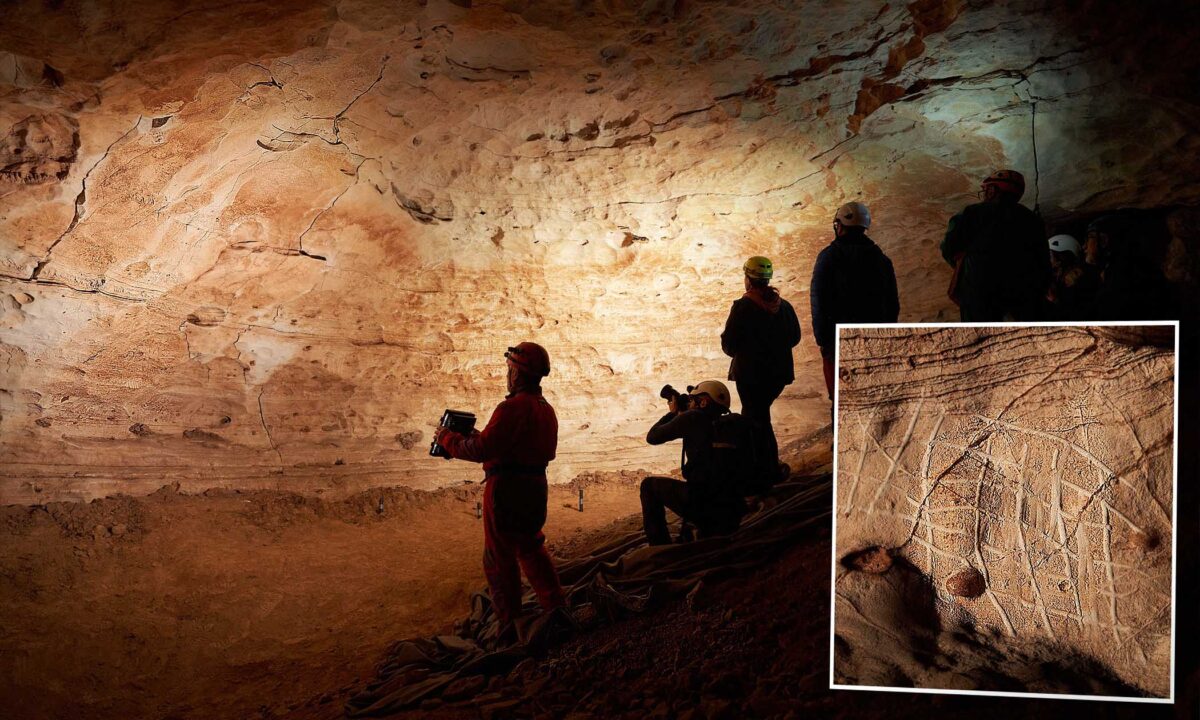
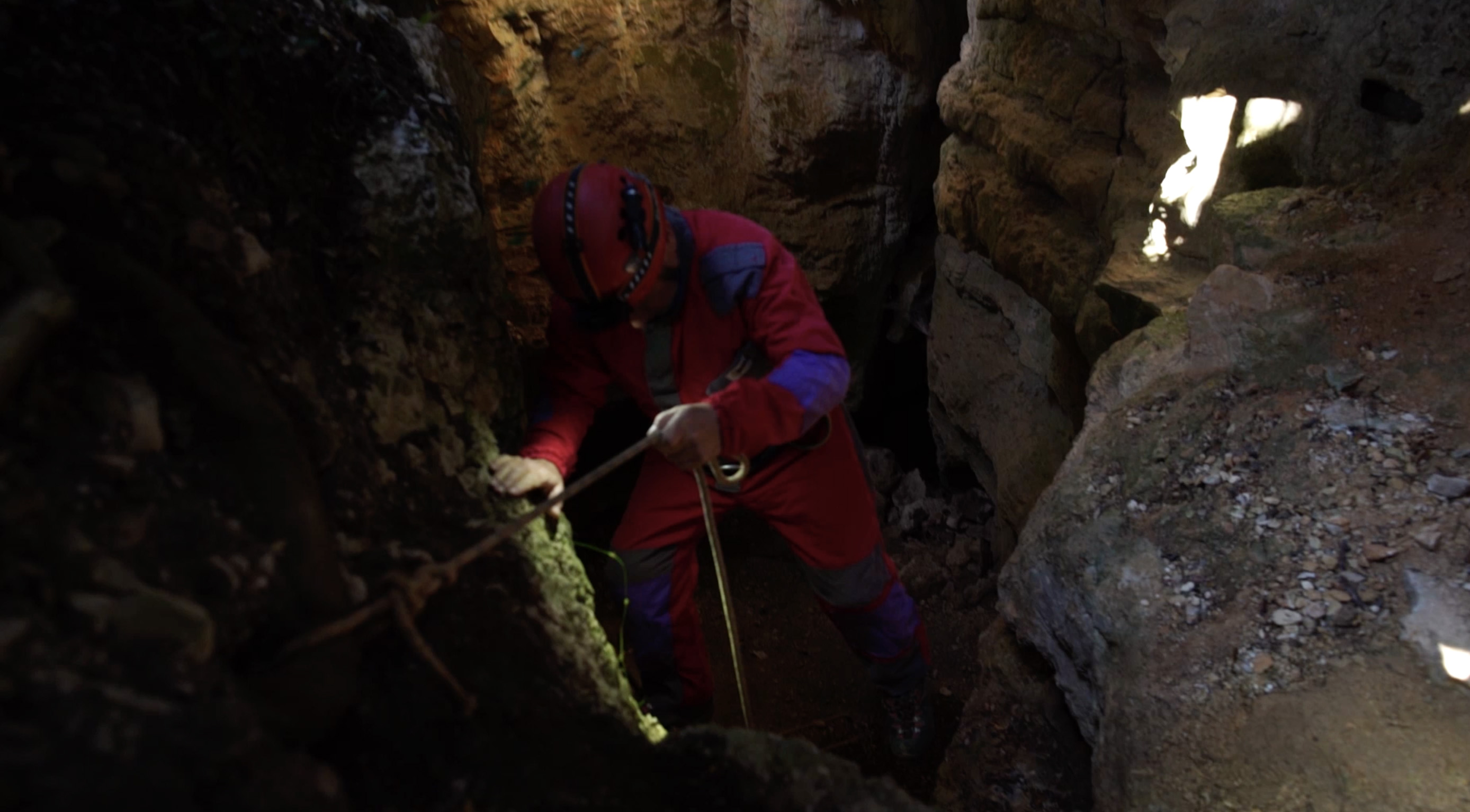

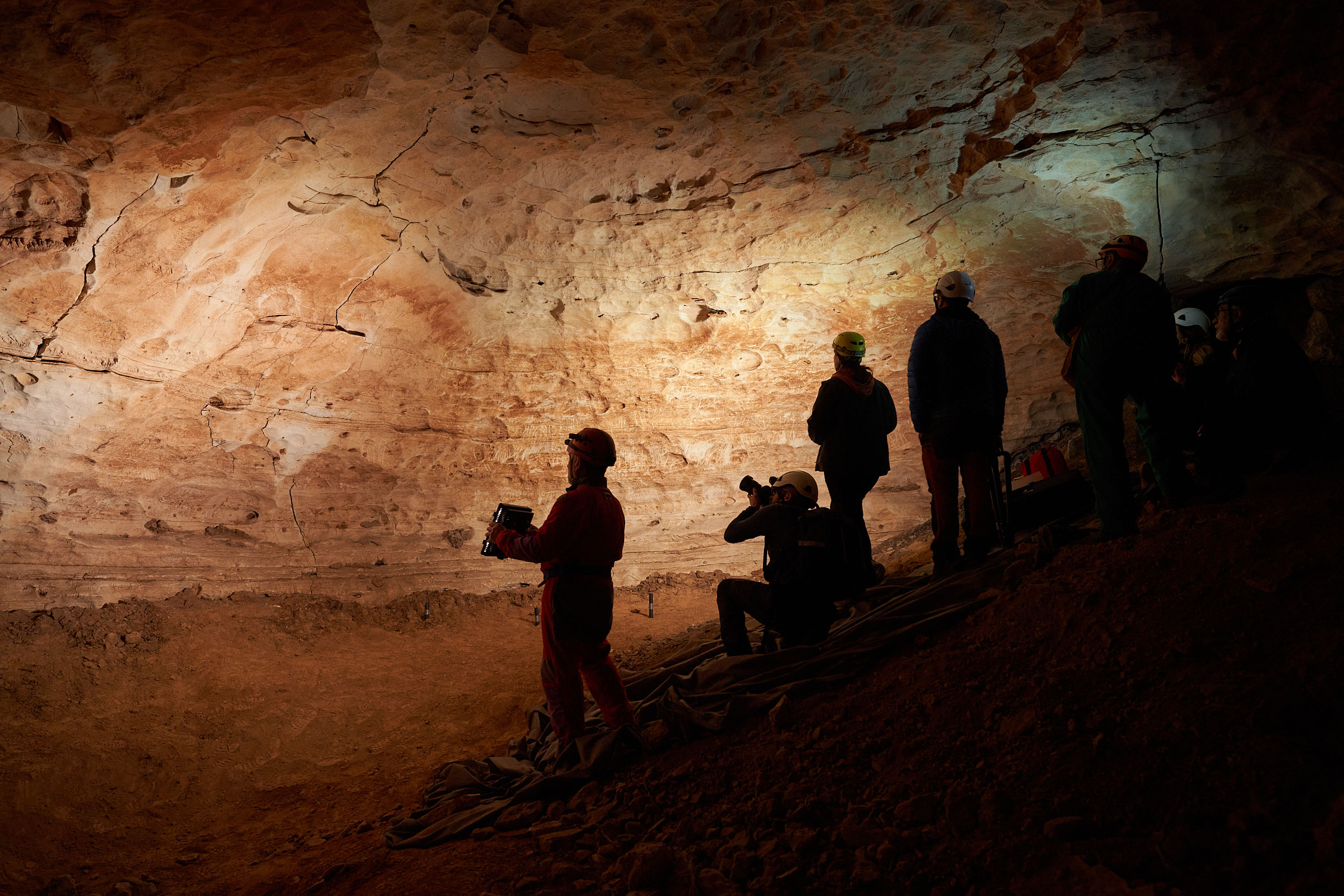
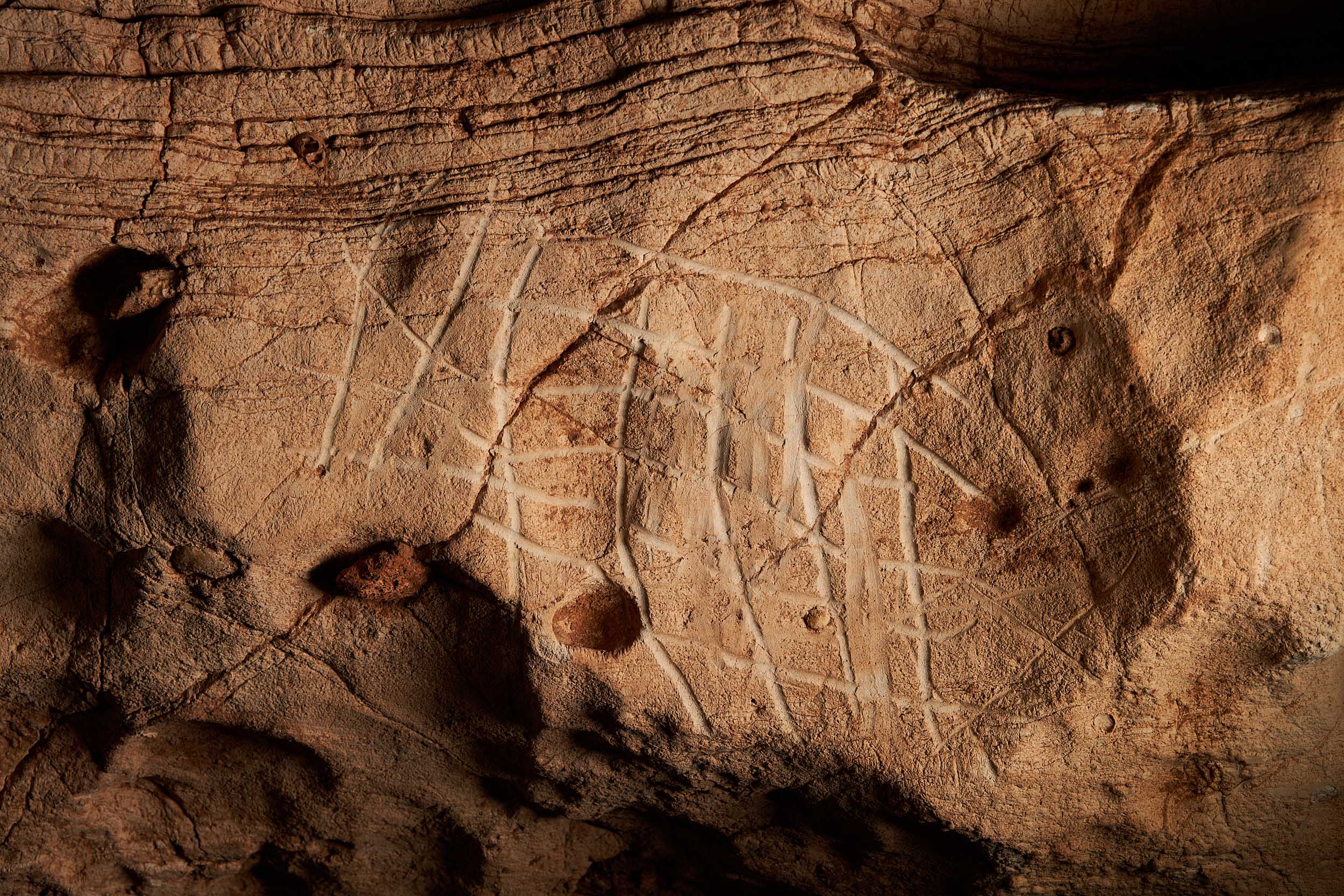

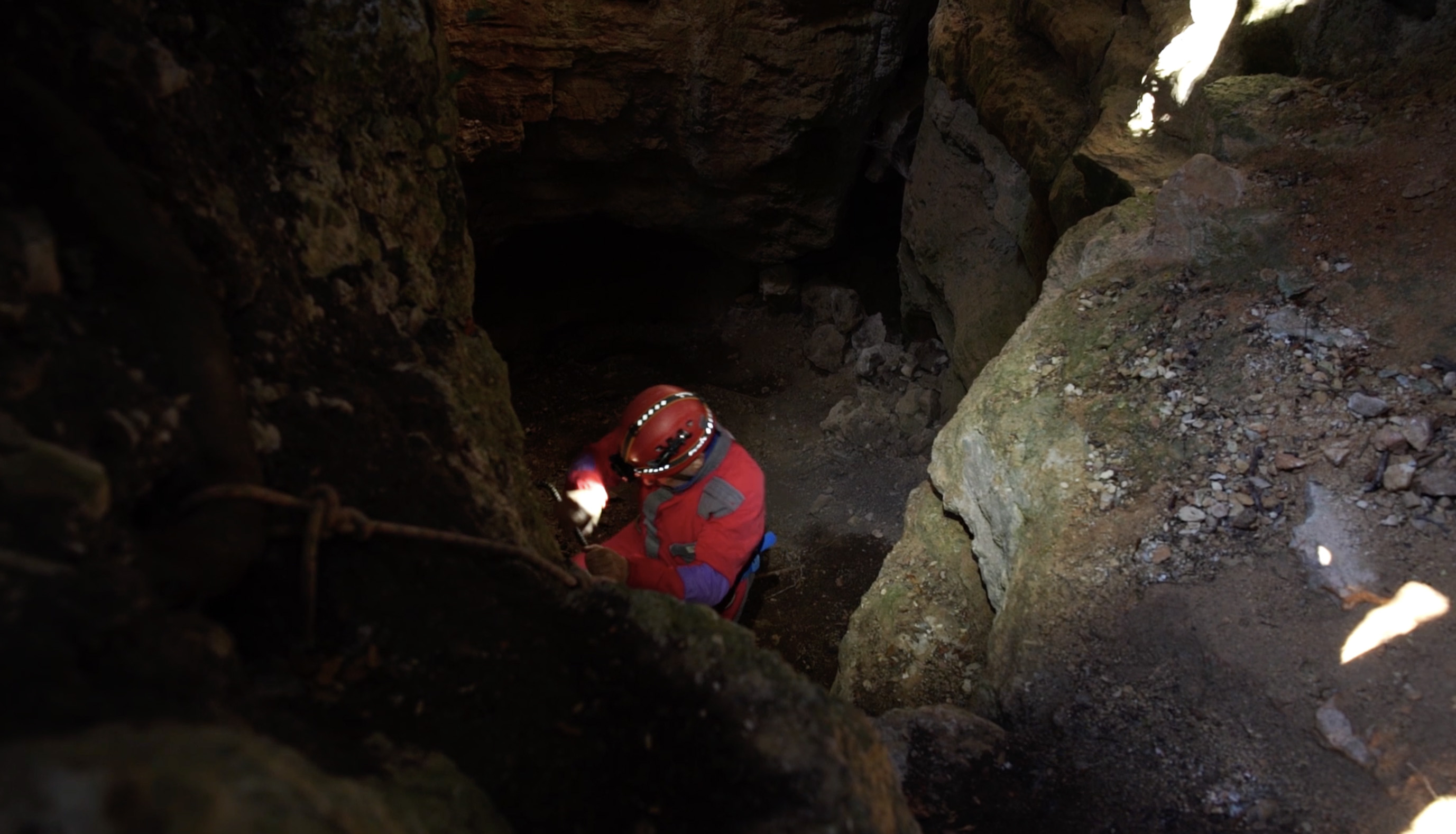
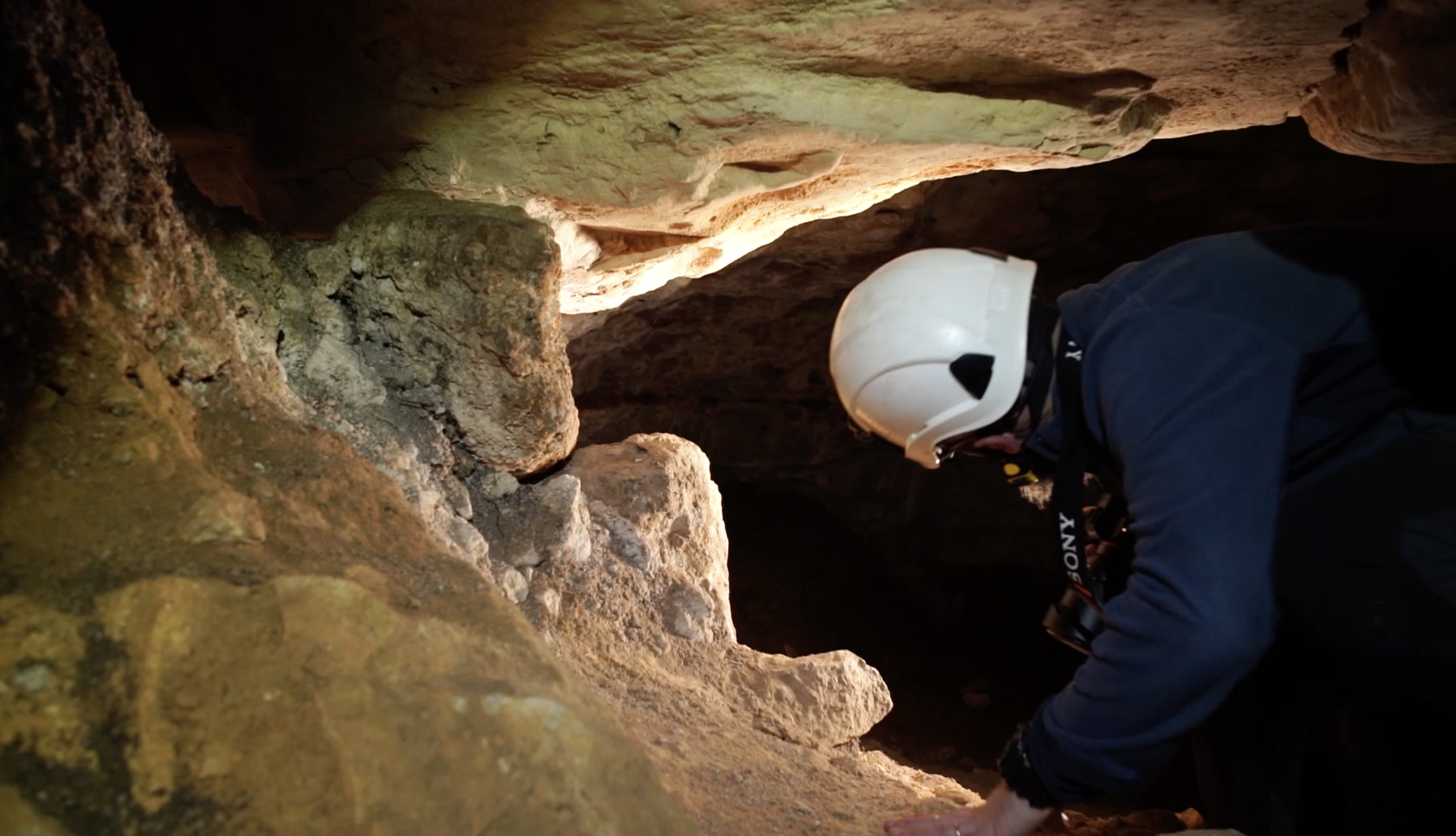
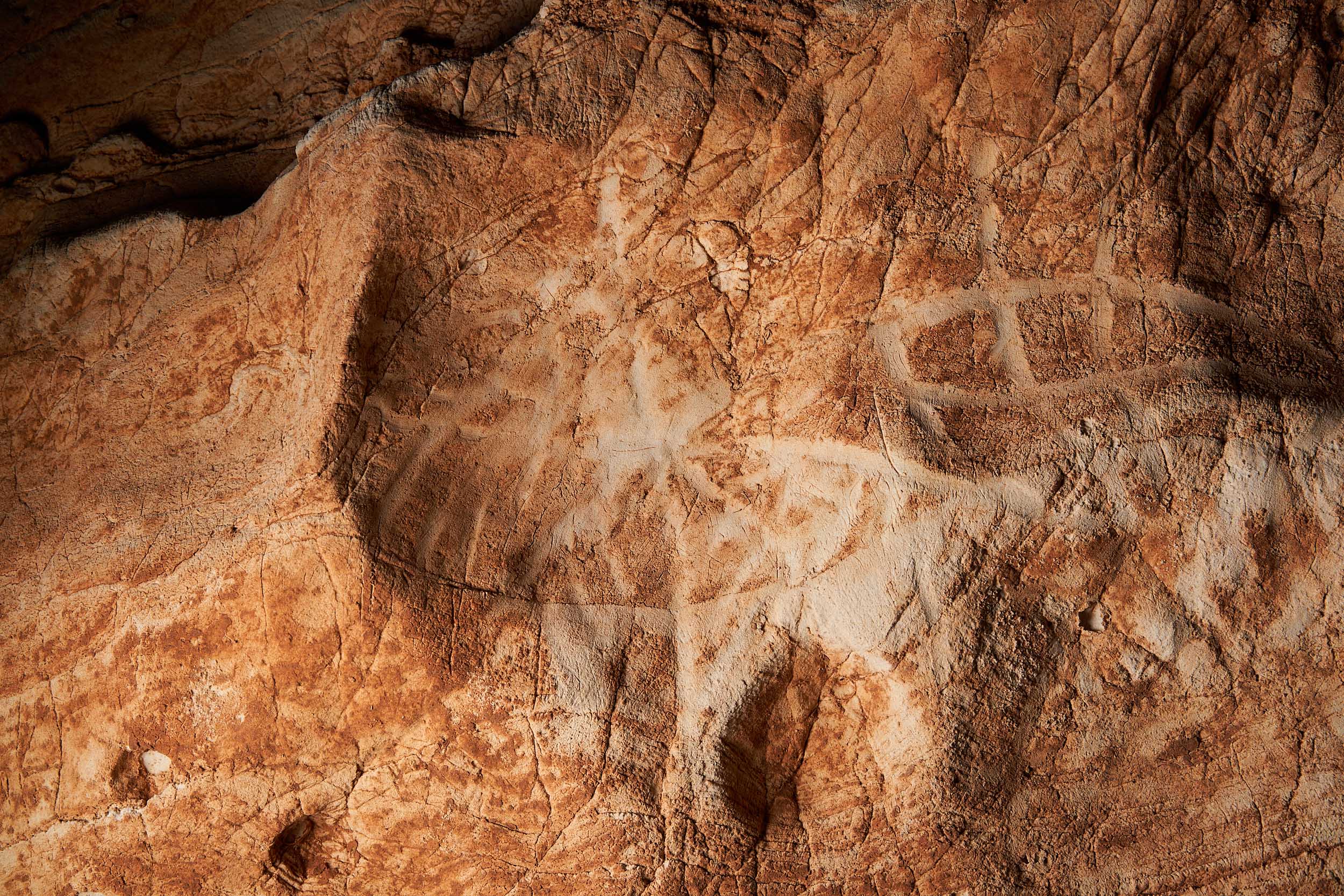
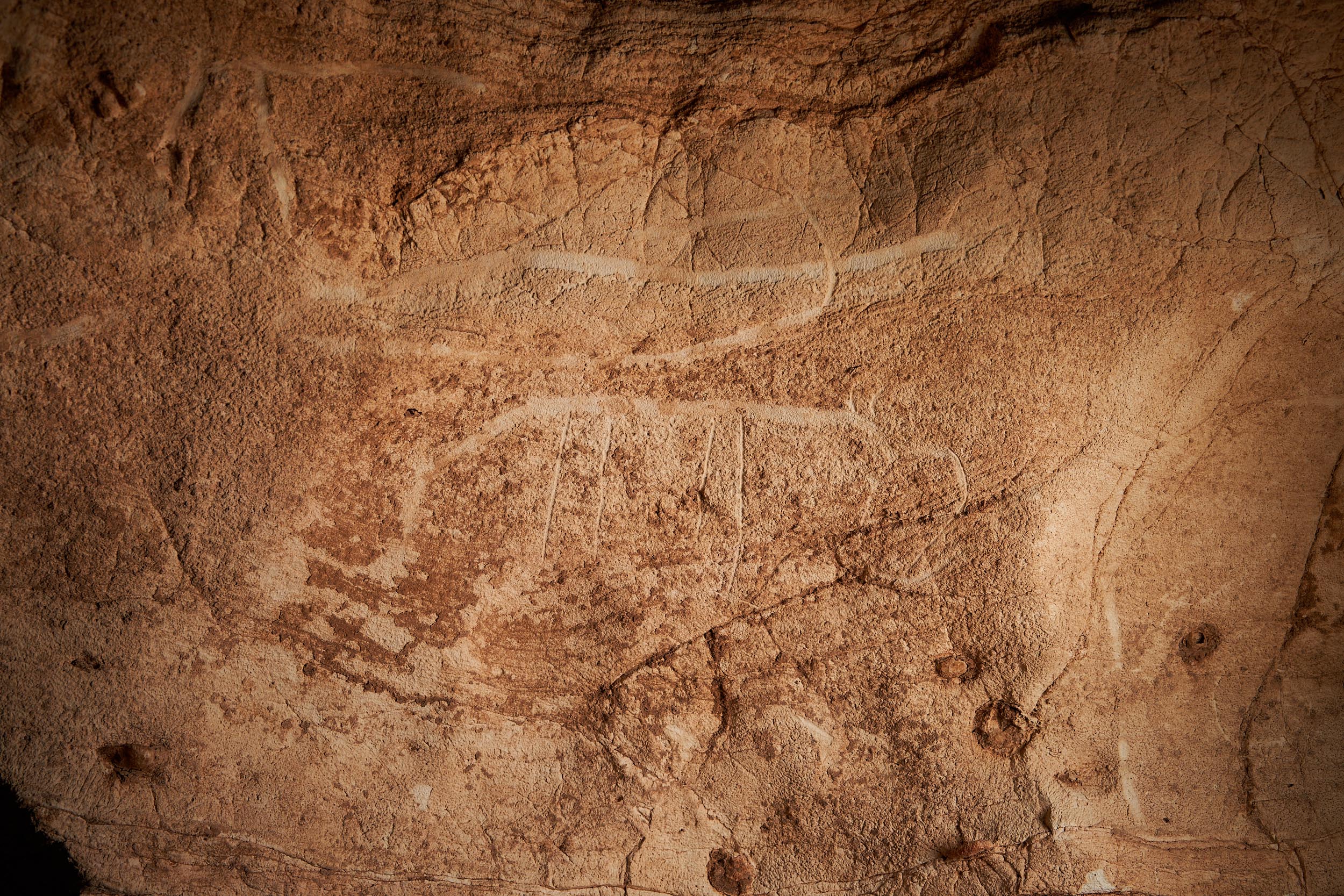
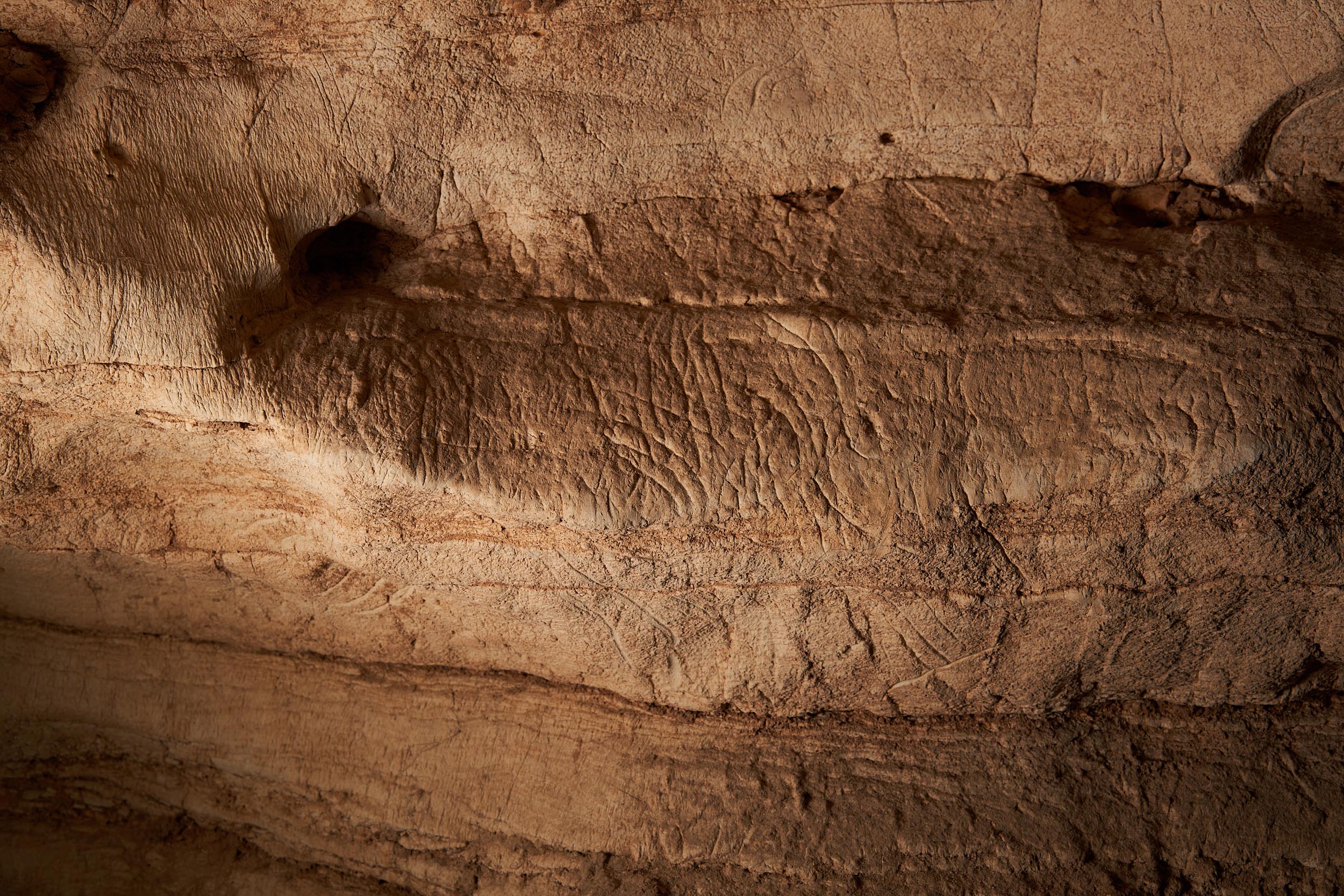
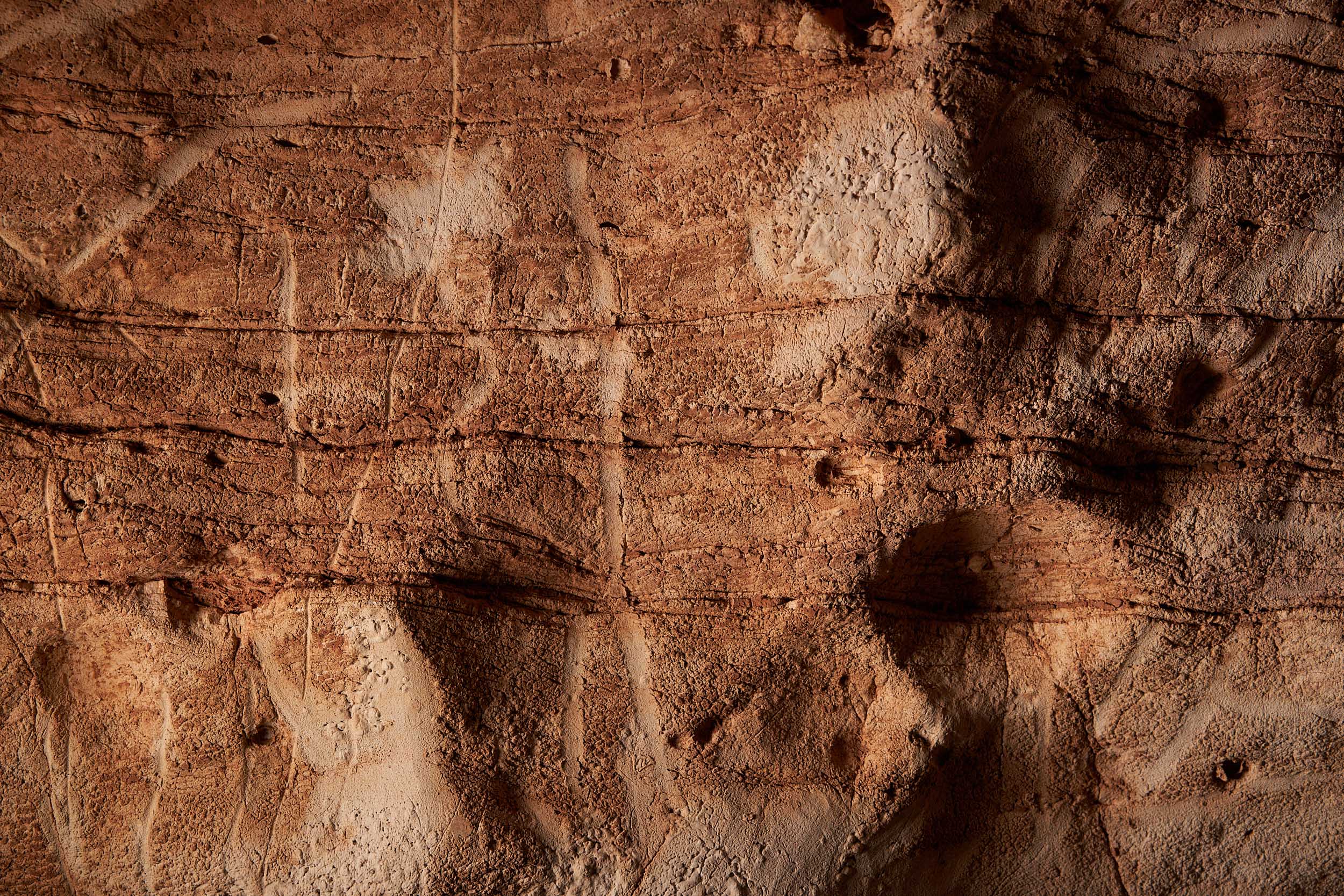

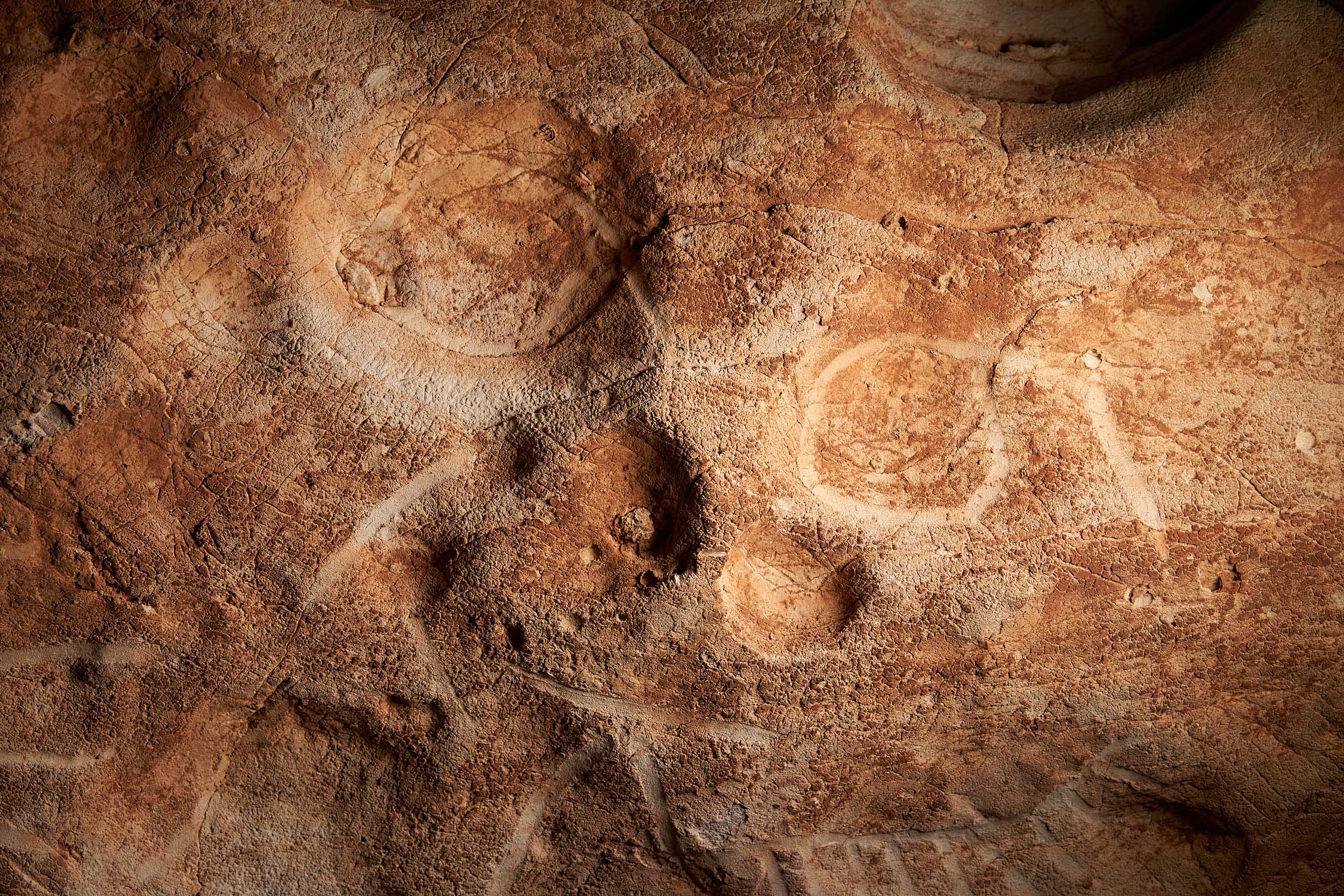


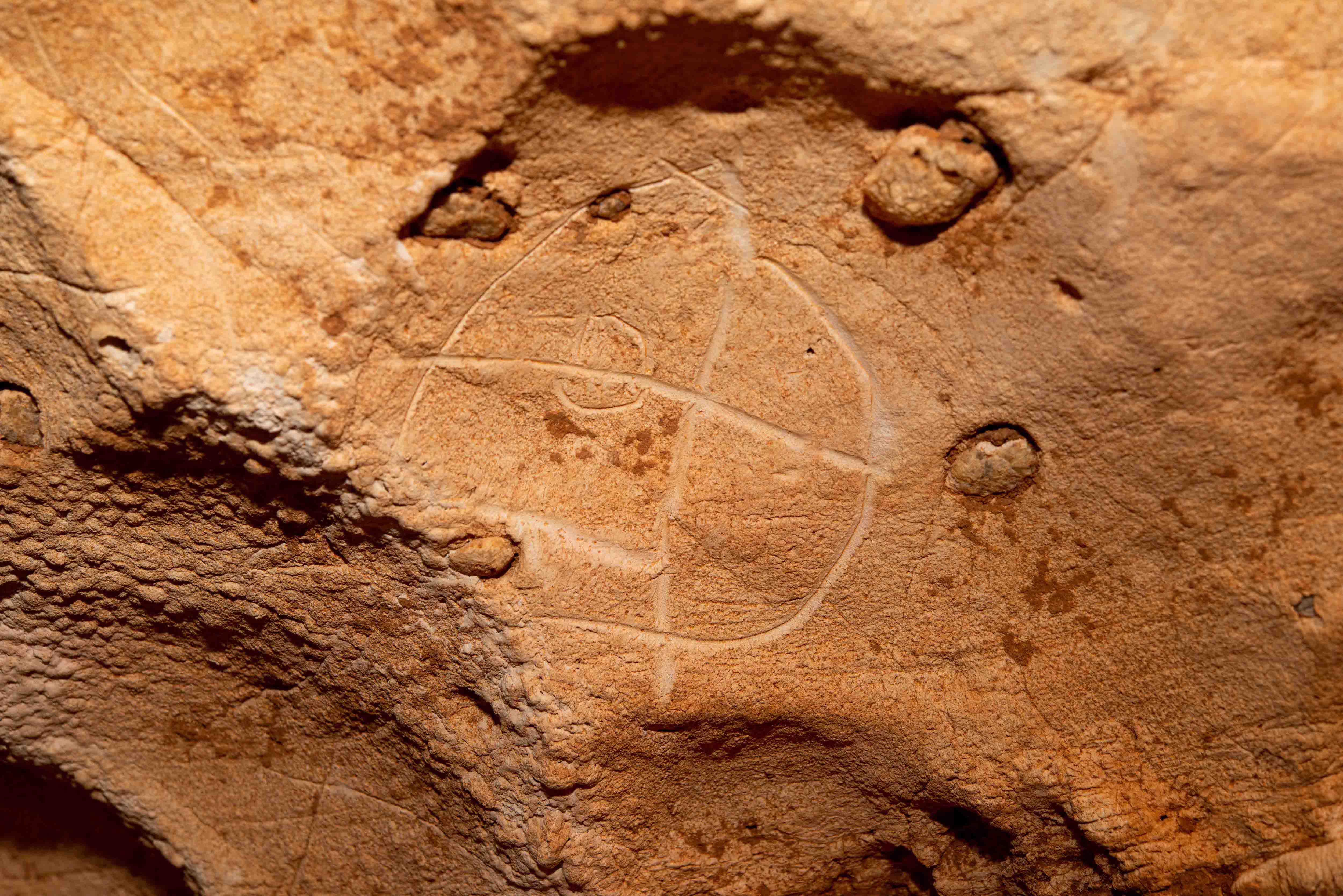
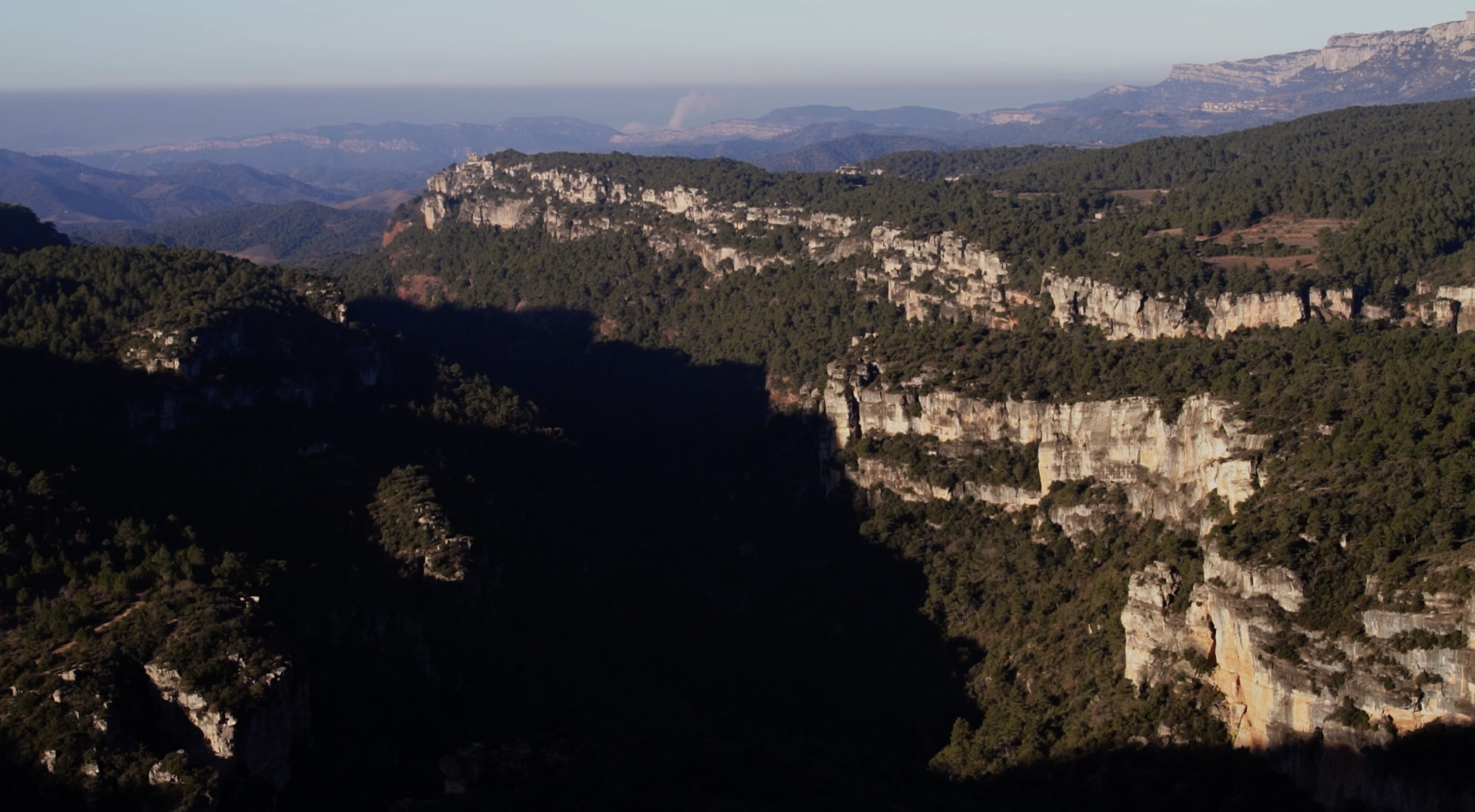
No comments:
Post a Comment